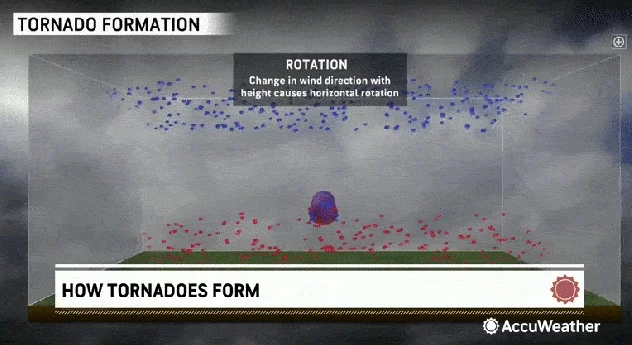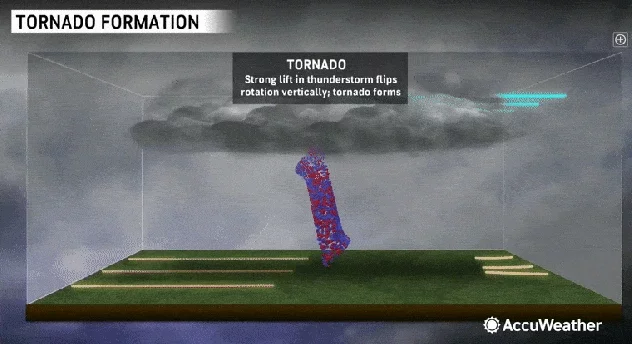Tornadoes are one of the most dramatic and scary weather events. These fast-spinning columns of wind can destroy entire towns in just minutes. Even though we still don’t know everything about how they form, scientists have learned a lot about what causes them.
Tornadoes don’t just show up without warning. They need special weather conditions to develop. It usually starts when warm, wet air meets cold, dry air. This can create a very strong thunderstorm called a supercell.
While tornadoes can happen in different parts of the world, they are most common in parts of the United States, especially in the Plains, Midwest, and Southeast. This is because the land there is flat, which makes it easy for cold air from the north to meet warm, moist air from the south (from the Gulf of Mexico). Every spring and summer, thousands of storms form in these areas, but only a few of them actually turn into tornadoes.

But there’s one more important ingredient for a tornado to form: wind shear. Wind shear happens when wind blows at different speeds and directions at different heights in the sky. This creates a spinning effect in the air, kind of like a rolling tube.
In really strong thunderstorms, this spinning air can get pulled upward by rising and falling air currents. When that happens, the spin can turn from lying flat to standing straight up. This helps form a mesocyclone, a large, rotating cloud inside the storm that can lead to a tornado.
Scientists used to think tornadoes started high in the sky and reached down. But a 2018 study showed that tornadoes actually form from the ground up toward the mesocyclone, which surprised many people.

Most tornadoes form inside strong thunderstorms and follow a well-known pattern, starting with a rotating cloud called a mesocyclone. But they aren’t the only spinning dangers in the sky. There are other types too, like landspouts, waterspouts, and gustnadoes. Each of these forms in different ways and behaves differently.
Scientists are still learning about these spinning air storms. They keep researching to better understand how they work and why they happen, because they are some of the most powerful and unpredictable forces in nature.

